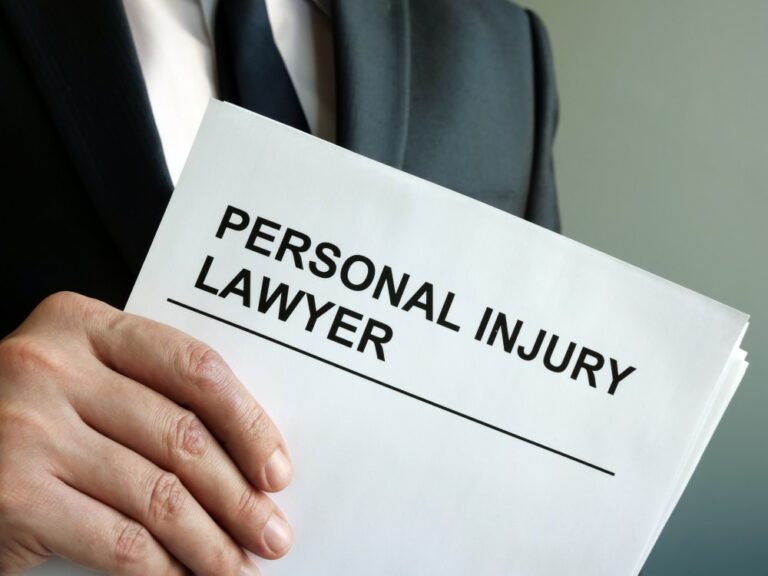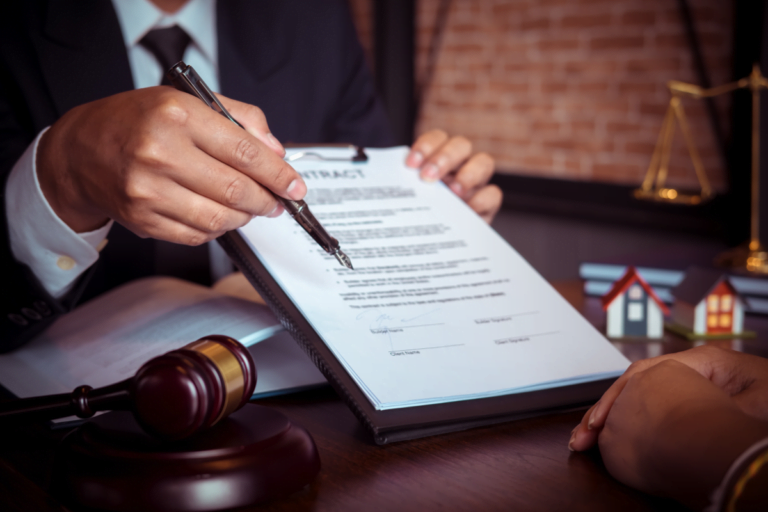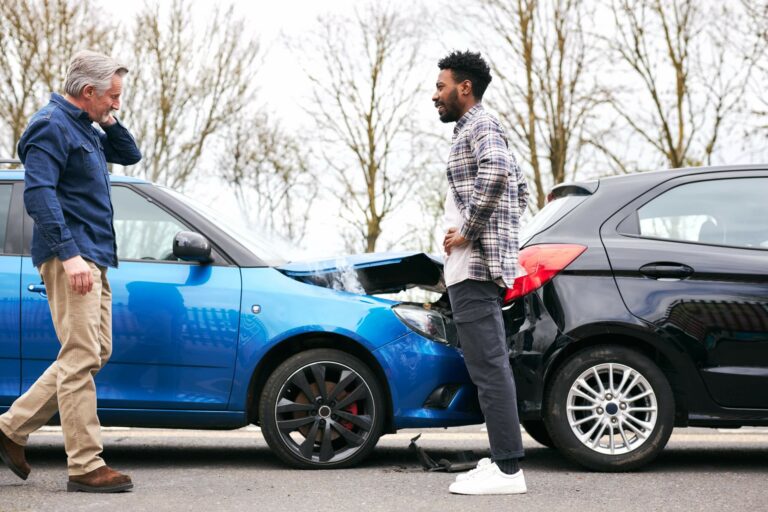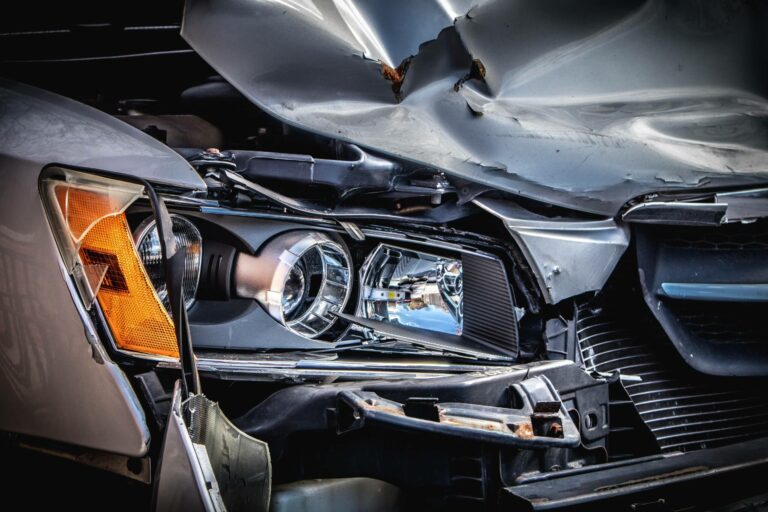Personal Injury from Holiday Light Extension Cords
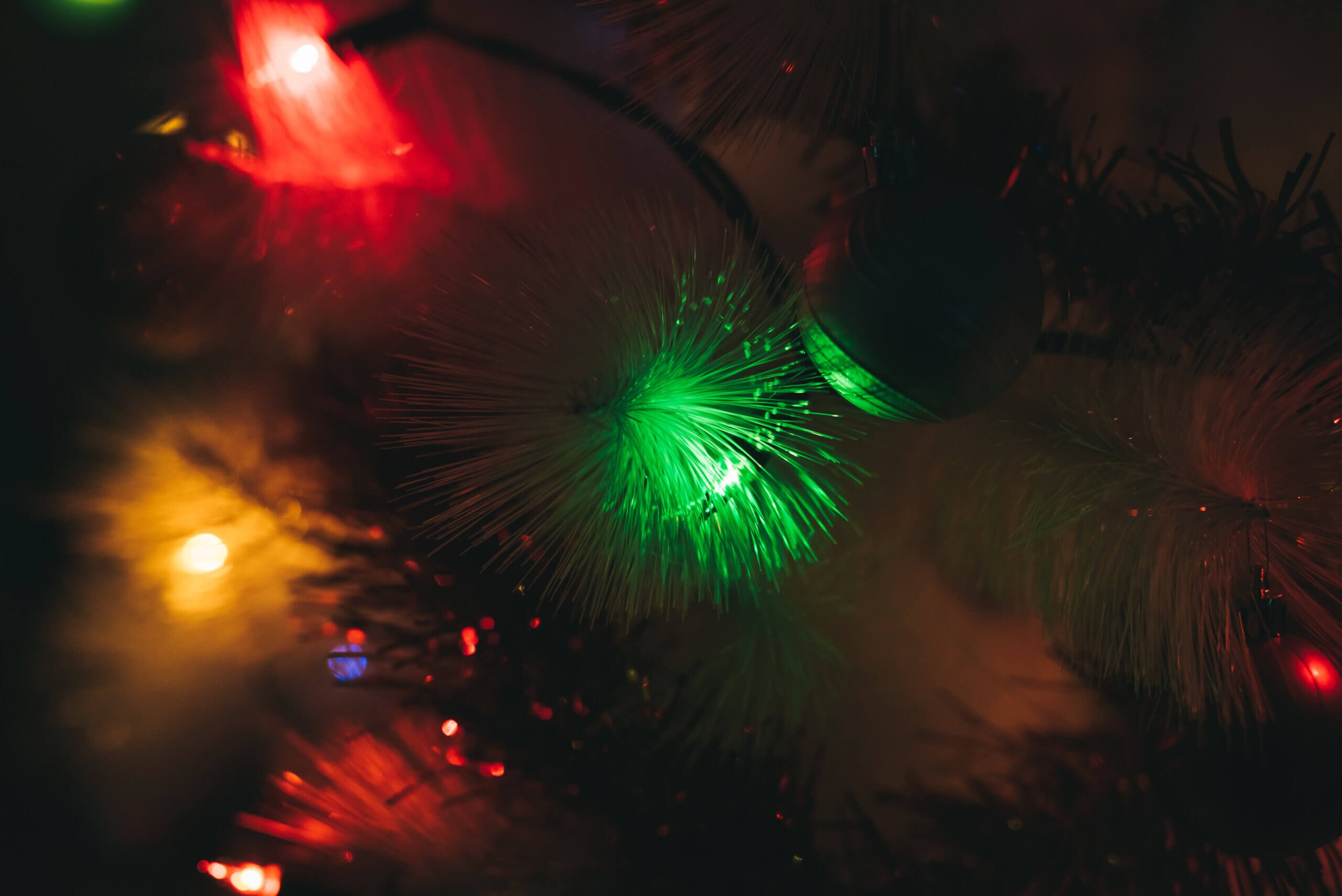
Avoid Holiday Light-Related Injuries with These Tips
The holiday season is officially in full swing, and many people get into the festive spirit by decorating the inside and outside of their homes with seasonal decor. Whether you like to keep your holiday decorations simple or go all out with an attention-grabbing display, now is a good time to brush up on some important safety requirements.
According to Electrical Safety Foundation International (ESFI), holiday decorations account for over 800 house fires every year. Often, the specific cause of the fire is faulty electrical lighting, and old, damaged cords and overloaded outlets are usually the culprits. Fires aren’t the only accident risks, of course; electric shocks and injuries from trips and falls over cords unfortunately occur this time of year as well.
Does this mean you shouldn’t decorate with holiday lights? Absolutely not. Just be sure to keep these guidelines in mind, in order to minimize your risk of injury.
Make sure you’re using the right type of lights (and cords). Indoor lights should only be used indoors – don’t string them up outside (and vice versa). Same with extension cords; it’s crucial to use the right type of cord for every situation.
Examine lights for defects or damage. Before decorating with them, take a close look at your holiday lights. Are they more than a couple of years old? Are the cords in less-than good condition? Are there any frays or exposed wires? If you have any concerns at all about your lights, don’t use them. It’s worth spending a little extra money to buy new lights and ensure both safety and peace of mind.
Don’t overload your outlets. Plugging too many cords into an outlet creates a fire hazard; space out your socket usage as much as possible. Never string together more than three strands of holiday lights, either – the total wattage should not exceed 210 watts. When decorating outdoors, check to ensure that your outlets have ground fault circuit interrupters (GFCIs), which shut off electrical current if any leakage is detected. (It rains or snows often enough during the holiday season here in Maryland that standing water is always a possibility.)
Don’t mix-and-match bulbs. If you need to replace burned-out bulbs on a string of holiday lights, make sure you’re replacing them with identical bulbs using the same wattage. Never leave sockets empty on a plugged-in string, either, as this presents a shock hazard.
Turn lights off when you leave the house (or go to bed). Holiday lights look great, and it’s tempting to keep them on all the time, but remember to turn them off when you leave or when you’re sleeping. Holiday lights should never be on without someone around (and awake) to keep an eye on them.
Keep cords out of the way. As mentioned above, fire safety isn’t the only thing to consider when decorating with holiday lights; cords also present a significant tripping hazard, both indoors and outdoors. Make sure all cords are secured away from walkways, doorways or high-trafficked areas.
Steer clear of power lines. When decorating outside, ensure that you’re at least 10 feet away from any power lines, to avoid the risk of getting shocked. Remember, too, that metal ladders can conduct electricity, so use caution when standing on one outdoors.
With these suggestions in mind, you can safely enjoy the holiday – lights and all – with your friends and loved ones.
If you’ve suffered an injury related to holiday lights and you think you have a right to a claim, contact the Law Offices of Nicholas Parr in Baltimore, MD today to schedule your free consultation. We don’t receive a fee unless we win.

